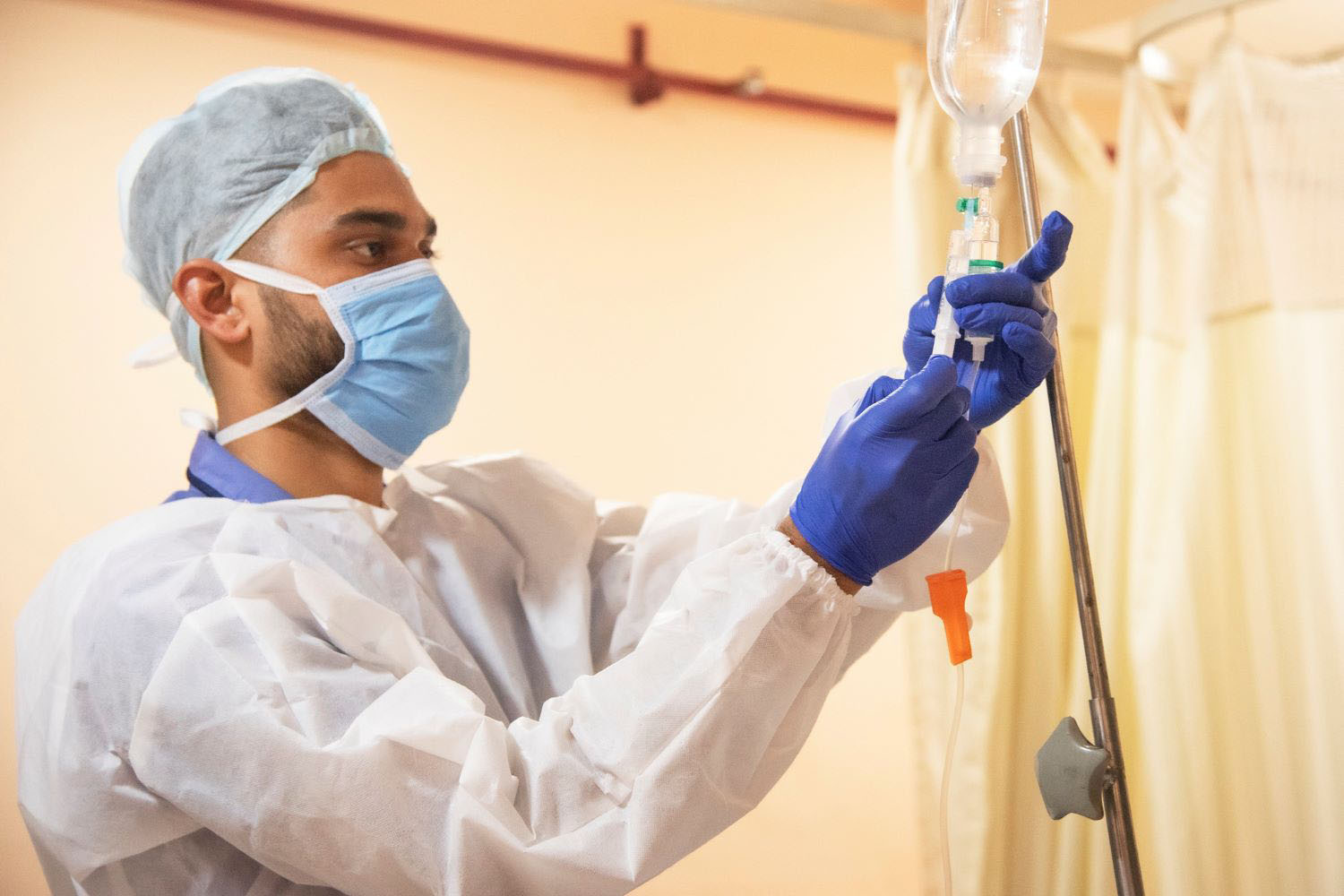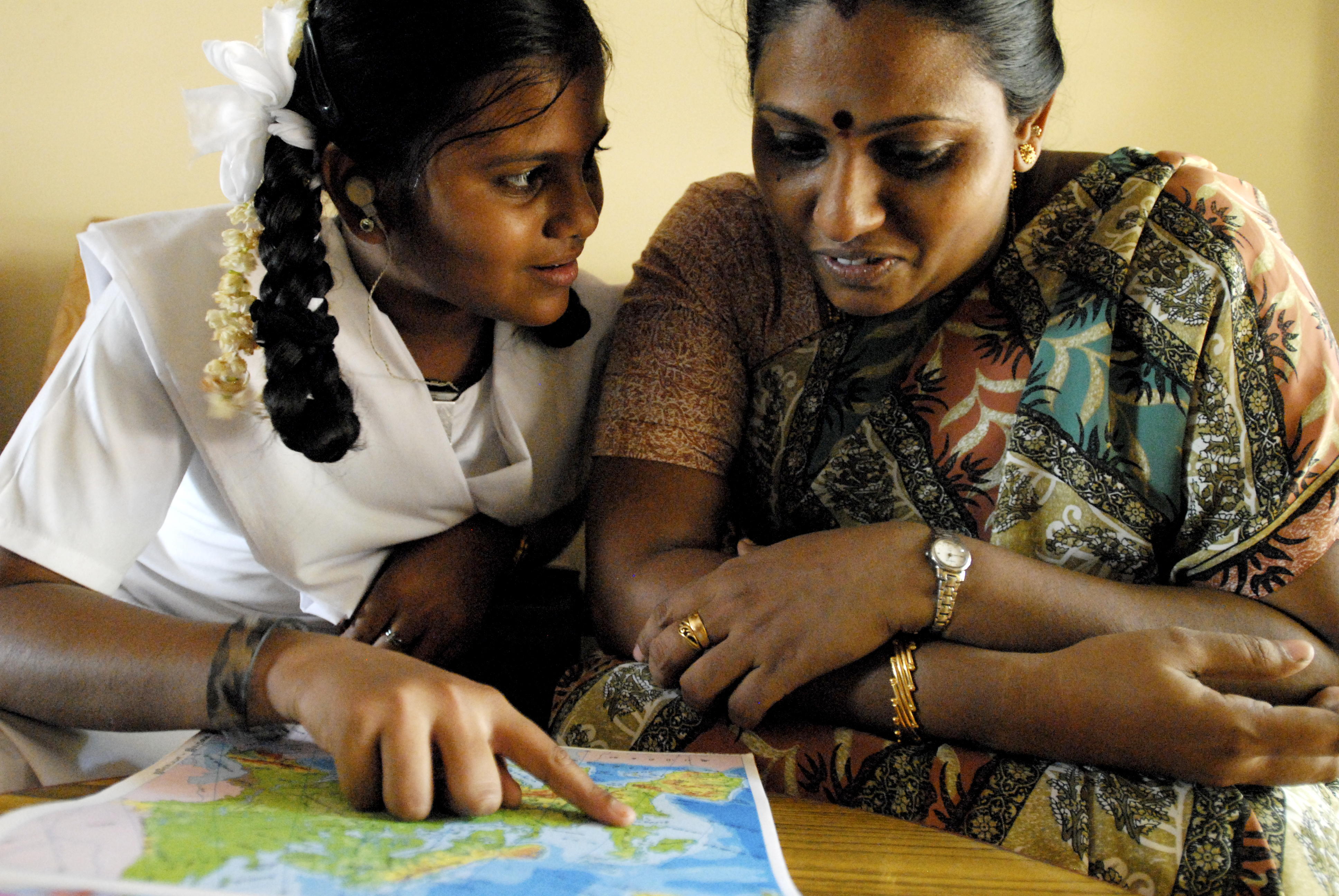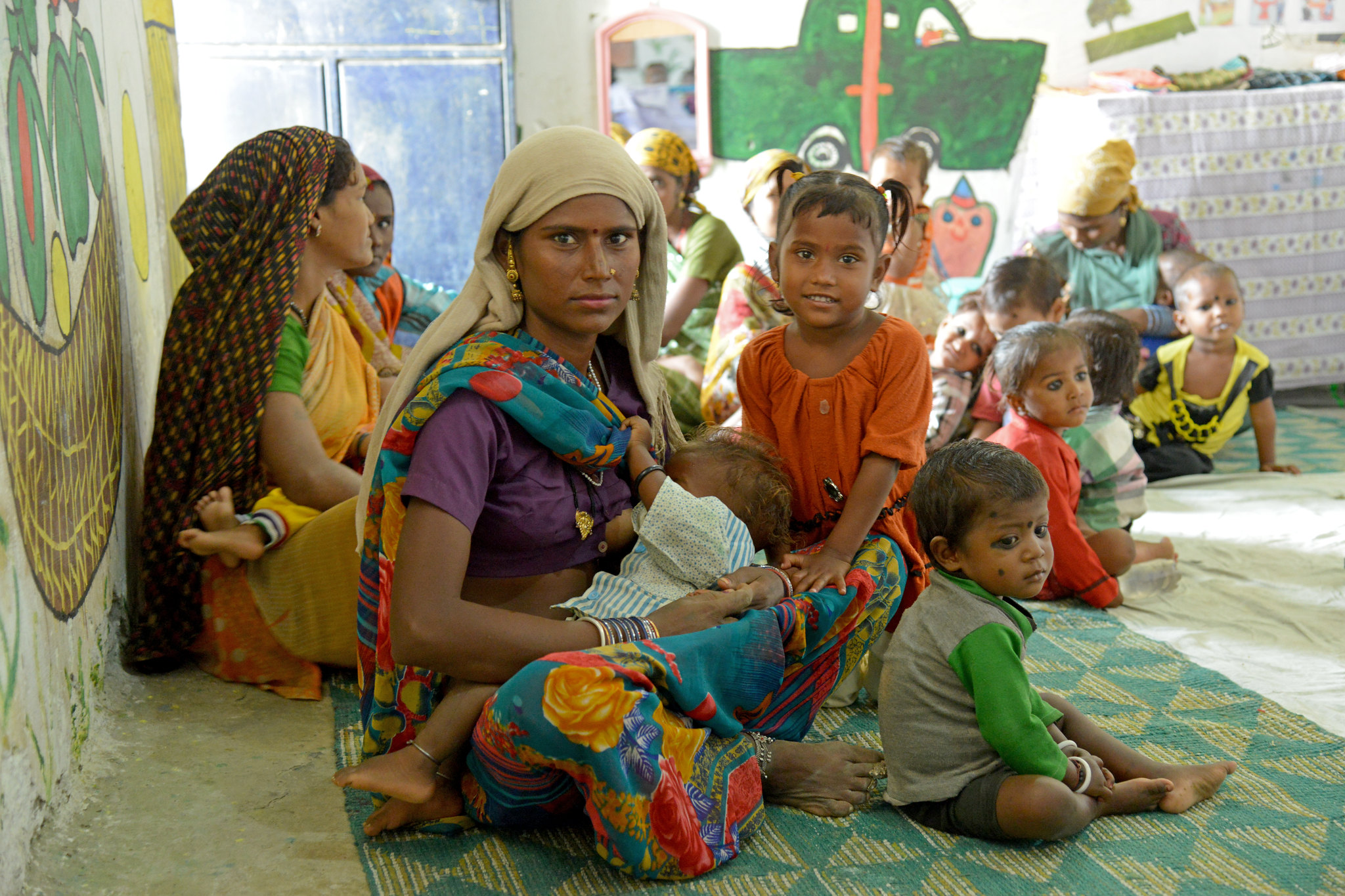Recommended
This note first appeared in BMJ Evidence-Based Medicine.
The implementation of evidence-based medicine (EBM) relies on organizations to identify, develop, and apply evidence-based practices. While healthcare professionals often engage with service providers like hospitals and insurers for EBM implementation, they may be less familiar with organizations focused on the related fields of health technology assessment (HTA) and priority setting, which evaluate health technologies' properties and cost-effectiveness. Distinct from researchers developing primary research, those involved in HTA policy development shape governmental policies for assessing health technologies. Recognizing the formation and growth of such organizations is crucial for practitioners, especially in countries with limited EBM adoption. Lessons from global experiences in establishing and operating these entities can aid those in low- and middle-income nations.
HTA policy development can help advance a country’s pursuit of universal health coverage, as recognized by the WHO through the adoption of Resolution 67.23 in 2014, which called on member states to promote the use of HTA in decision-making processes and to reinforce their HTA capacity.[1] But such policy development is not merely technical but also a political and organizational exercise. While health professionals are trained mainly in a clinical scope of work, the work of establishing an organization (such as those dedicated to HTA policy development) is a different scope of work that delves in knowledge and skills of public health and organizational behaviour.
There are many HTA agencies in high-income countries, but two notable leaders that have played a key role in international dissemination of HTA practices for low- and middle-income countries are the United Kingdom’s National Institute of Health and Care Excellence (NICE) and Thailand’s Health Intervention and Technology Assessment Program (HITAP). In particular, the International Decision Support Initiative (iDSI), funded by the Gates Foundation, and with the Center for Global Development (CGD) as secretariat and with UK NICE International and HITAP as key partners, contributed to international HTA policy development and the development of those organizations.
To examine how an HTA organization is formed, qualitative research such as the use of case studies (rather than the methodologies of clinical trials or quantitative research methods) is required. We recently conducted an in-depth case study of a new organization doing HTA policy development, the Medical Technology Assessment Board and HTA India agency (HTAIn).[2]
We here summarize key lessons from this qualitative research relevant for EBM professionals into the “Four Ps” of Policy, People, Place, and Processes.[3]
- Policy: The creation of high-level policy documents is required to establish commitment by stakeholders and to acknowledge the processes required among multiple actors and institutions to advance an agenda. In the case of the HTAIn, the 12th Five Year Plan in 2012 [4] was the first high-level national policy document that expressed commitment to HTA, underscoring the political prioritization of creating such an organization. This document was followed by a cascade of other high-level policy documents in support of HTA, such as the Parliamentary Standing Committee documents of 2013 and 2016 [5,6], the concept note submitted by the Department of Health Research (DHR) secretary for the establishment of the MTAB in 2016 [7], and the National Health Policy of 2017.[8]
- People: Health professional leaders and policy entrepreneurs seeking to advance a policy agenda for organizational creation should identify multiple champions with sufficient seniority and political authority across a wide group of organizations. In India, multiple champions were found, who collectively formed a coalition of stakeholders, representing a broad group of stakeholders with a shared interest, namely, to advance EBM and HTA policy development. Developing a network of organizations and individuals who have the technical background and expertise to conduct research needed for HTA policy development is also valuable. This network can also support training and capacity building efforts and draw on international or external organizations and individuals who have specialized expertise or other resources.
- Place: In the health sector, conducting a health system mapping exercise to understand the layout of the country’s health system and identifying which aspect of the system may be the most suitable organizational location is key. In India, a landscape analysis helped to identity the Regional Resource Centers of the HTAIn.[9]
- Processes: Detailing the structure of the organization, creating institutional rules and guidelines, identifying existing capacity, and linking organizations capable of generating evidence is beneficial. The establishment of the HTAIn Secretariat and the Technical Appraisal Committee and the Board (MTAB) are examples of developing structure and institutional process to help the organization run as smoothly as possible with the necessary support systems in place.
Health professionals and other public health professionals in other low- and middle-income countries seeking to establish an organization focused on HTA policy development should consider the 4Ps, often outside the scope of medicine but in the realm of government, public administration, and organizational design. Some prospective questions for an HTA or EBM champion or advocate to consider are, often in the context of a political economy analysis, health policy analysis, or stakeholder and interest group analysis [10]:
- What are the guiding policy documents and institutions that could establish the authority and public mandate for conducting and using HTA or EBM?
- Who are the respected organizational leaders of authority that are needed to build a coalition around an agenda of growing HTA or EBM?
- Which organizations should be considered for where an organizational home of HTA or EBM could be located?
- What are the processes and procedures needed for operation and implementation of an HTA or EBM agency?
HTA policy development require institutional and organizational homes for their long-term growth and advancement. To advance understanding and knowledge about how HTA-focused organizations are created or formed, one key area for research is to analyse and understand the organizational placement and structure of governmental bodies, including within a governmental authority for health such as a ministry of health. The organizational structure and corresponding function of health authorities across countries varies greatly, and there remains limited research about the optimal design of organizational structures, which in turn affects the effectiveness and performance of an organization’s ability to carry out HTA and promote EBM. Future research studies on this topic should be conducted, for example, in India, to understand the benefits and challenges of placing the HTAIn within the Department of Health Research and how it impacted the wider Indian health system.
References
[1] World Health Assembly, 67. Health intervention and technology assessment in support of universal health coverage. 2014.https://apps.who.int/iris/handle/10665/162870
[2] Fan VY, Mehndiratta A, Ahazie J, et al. Organizational Formation for Priority Setting: Historical Perspectives and Thematic Analysis of India’s Health Technology Assessment Agency. Rev
[3] Kibley D. The Four P`s for a Successful Government Affairs Program. US Chamb. Commer. Inst. Organ. Manag. 2015.https://institute.uschamber.com/the-four-ps-for-a-successful-government-affairs-program/ (accessed 14 Jul 2023).
[4] Planning Commission, Government of India. Twelfth five year plan (2012-2017): Social Sectors. New Delhi, India: SAGE Publications 2013.
[5] Rajya Sabha Secretariat. Department-Related Parliamentary Standing Committee On Health And Family Welfare Sixty-Ninth Report On Demands For Grants 2013-14 (Demand No.49) Of The Department Of Health Research (Ministry Of Health And Family Welfare). New Delhi: New Delhi: Parliament of India, Rajya Sabha 2013.
[6] Rajya Sabha Secretariat. Department-Related Parliamentary Standing Committee On Health And Family Welfare Ninety-Fourth Report On Demands For Grants 2016-2017 (Demand No.43) Of The Department Of Health Research (Ministry Of Health And Family Welfare). New Delhi: New Delhi: Parliament of India, Rajya Sabha 2016.
[7] Concept Note for establishing Medical Technology Assessment Board (MTAB) and institutionalizing HTA in India. 2016.
[8] Ministry of Health and Family Welfare, Government of India. National Health Policy. New Delhi, India: Ministry of Health and Family Welfare, Government of India 2017. https://main.mohfw.gov.in/documents/policy
[9] Downey LE, Dabak S, Eames J, et al. Building Capacity for Evidence-Informed Priority Setting in the Indian Health System: An International Collaborative Experience. Health Policy OPEN 2020;1:100004. doi:10.1016/j.hpopen.2020.100004
[10] Reich MR, Campos P, Kalita A, et al. A Guide to Health Reform: Eight Practical Steps. 2023.
Rights & Permissions
You may use and disseminate CGD’s publications under these conditions.





